Supportive Regulatory Frameworks
The presence of supportive regulatory frameworks is an essential driver for the Plasma Therapy Market. Regulatory bodies are increasingly recognizing the therapeutic potential of plasma-derived products, leading to streamlined approval processes for new therapies. This regulatory support not only fosters innovation but also instills confidence among investors and manufacturers. As a result, the Plasma Therapy Market is likely to benefit from an influx of new products and therapies entering the market. Furthermore, favorable regulations may encourage research and development initiatives, ultimately expanding the range of available plasma therapies. This supportive environment could significantly enhance market growth prospects in the coming years.
Rising Incidence of Chronic Diseases
The increasing prevalence of chronic diseases such as diabetes, cardiovascular disorders, and autoimmune conditions appears to be a primary driver for the Plasma Therapy Market. As these diseases often require advanced treatment options, plasma therapy emerges as a viable solution. According to recent data, chronic diseases account for a substantial portion of healthcare expenditures, prompting healthcare providers to seek innovative therapies. The demand for effective treatment modalities is likely to escalate, thereby enhancing the growth prospects of the Plasma Therapy Market. Furthermore, the aging population, which is more susceptible to these conditions, may further contribute to the rising demand for plasma-based therapies, indicating a robust market trajectory.
Technological Innovations in Plasma Processing
Technological advancements in plasma processing techniques are likely to play a crucial role in shaping the Plasma Therapy Market. Innovations such as improved separation methods and enhanced storage solutions for plasma products are emerging, which could lead to more efficient and effective therapies. The introduction of automated systems for plasma collection and processing may also streamline operations, reducing costs and increasing accessibility. Market data suggests that these technological improvements could enhance the overall quality of plasma therapies, making them more appealing to both healthcare providers and patients. As technology continues to evolve, the Plasma Therapy Market may witness significant growth driven by these advancements.
Increasing Investment in Research and Development
Investment in research and development (R&D) within the Plasma Therapy Market appears to be on the rise, driven by the need for innovative treatment solutions. Pharmaceutical companies and research institutions are allocating substantial resources to explore the therapeutic applications of plasma. This focus on R&D is likely to yield new therapies and improve existing ones, thereby expanding the market. Data indicates that increased funding for plasma research could lead to breakthroughs in treatment efficacy and safety, which may attract more patients to plasma therapies. As the industry evolves, the emphasis on R&D is expected to be a key factor in driving the growth of the Plasma Therapy Market.
Growing Awareness and Acceptance of Plasma Therapy
There seems to be a notable increase in awareness and acceptance of plasma therapy among both healthcare professionals and patients. Educational initiatives and successful case studies have contributed to a more informed public, which may lead to higher adoption rates of plasma therapies. The Plasma Therapy Market is witnessing a shift in perception, as patients increasingly recognize the potential benefits of these treatments. This growing acceptance is likely to be reflected in market data, showing an upward trend in the utilization of plasma therapies across various medical fields. As more practitioners advocate for plasma therapy, the market could experience accelerated growth, driven by patient demand and clinical endorsements.
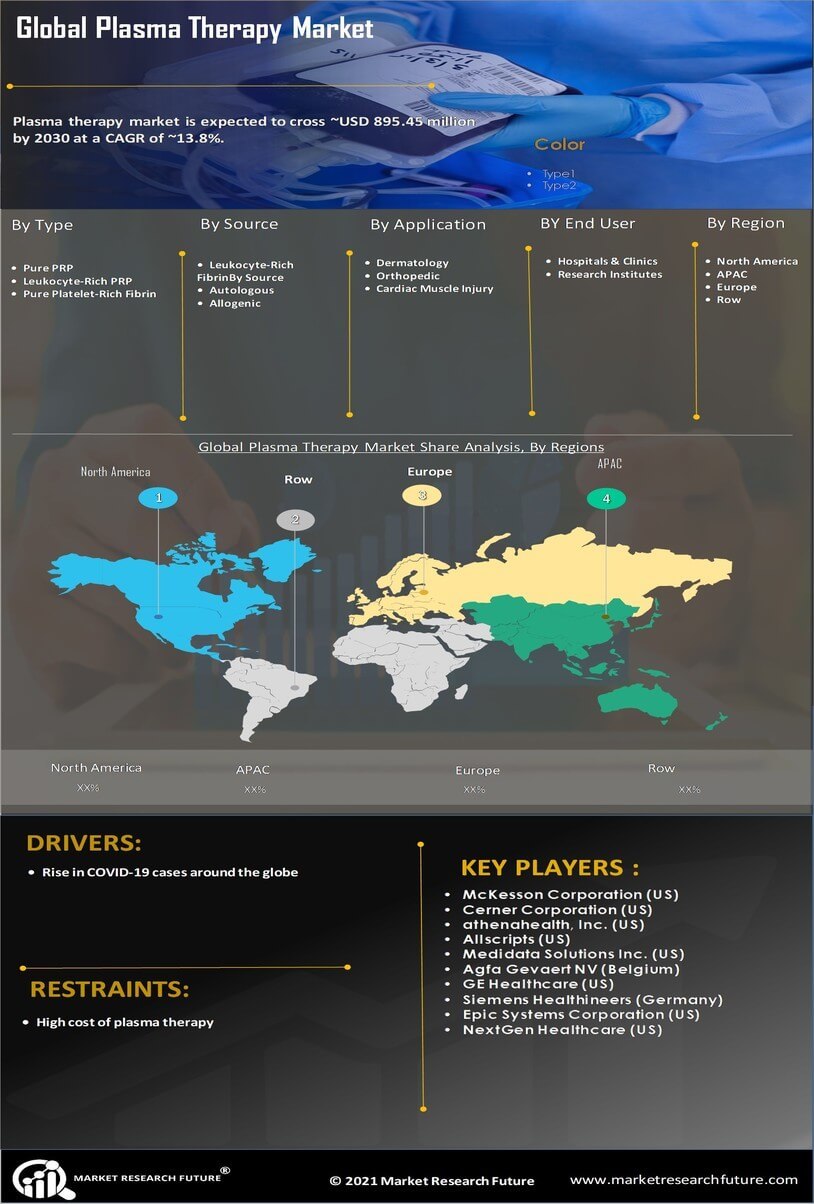

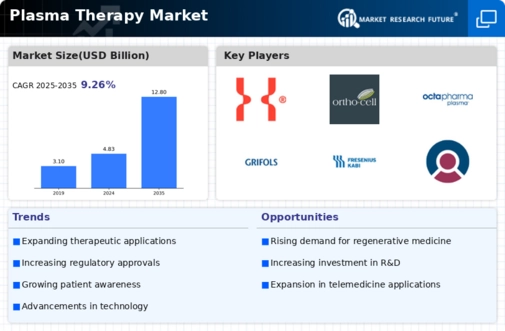

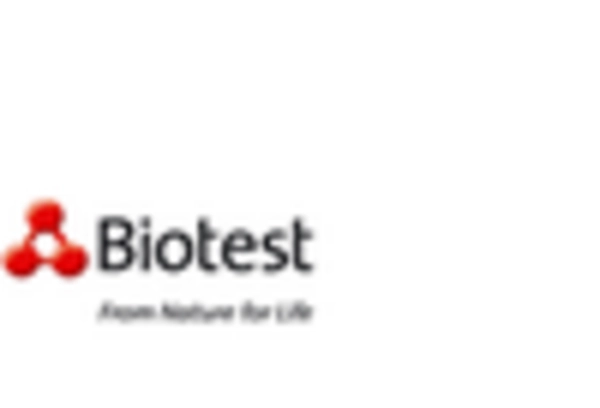


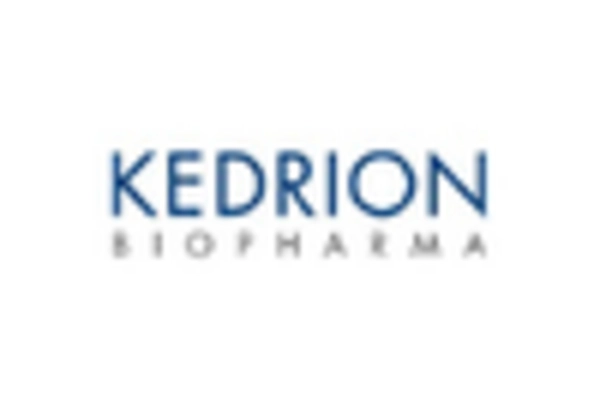

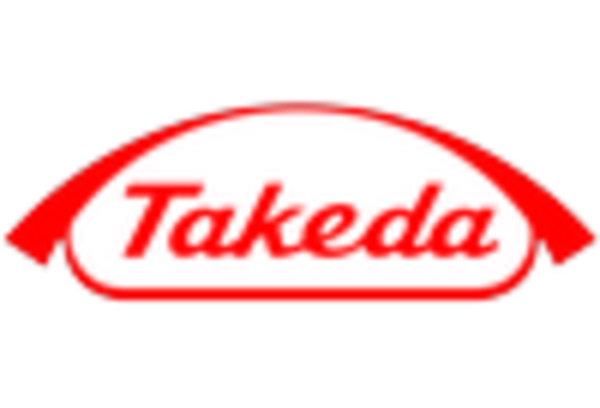








Leave a Comment